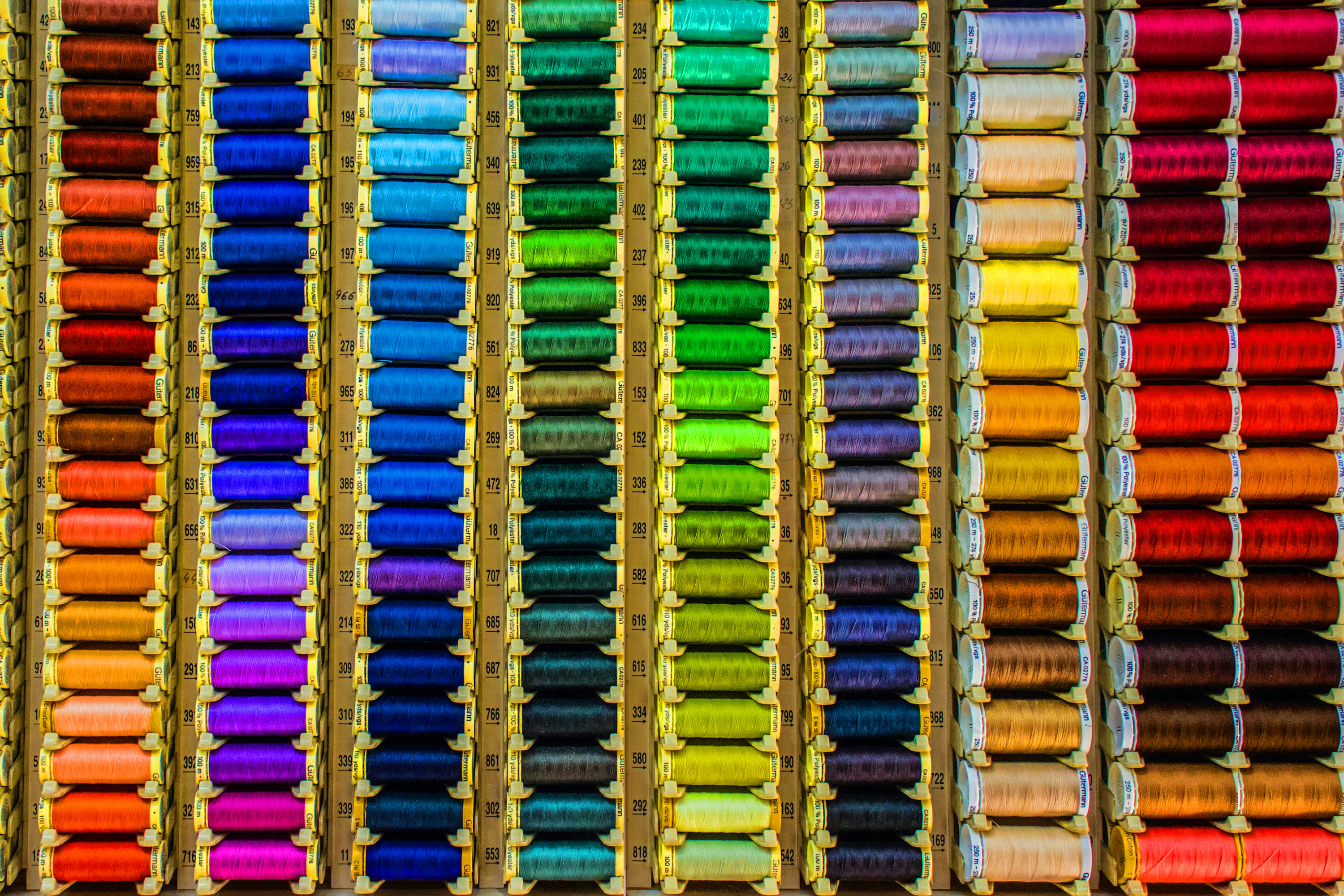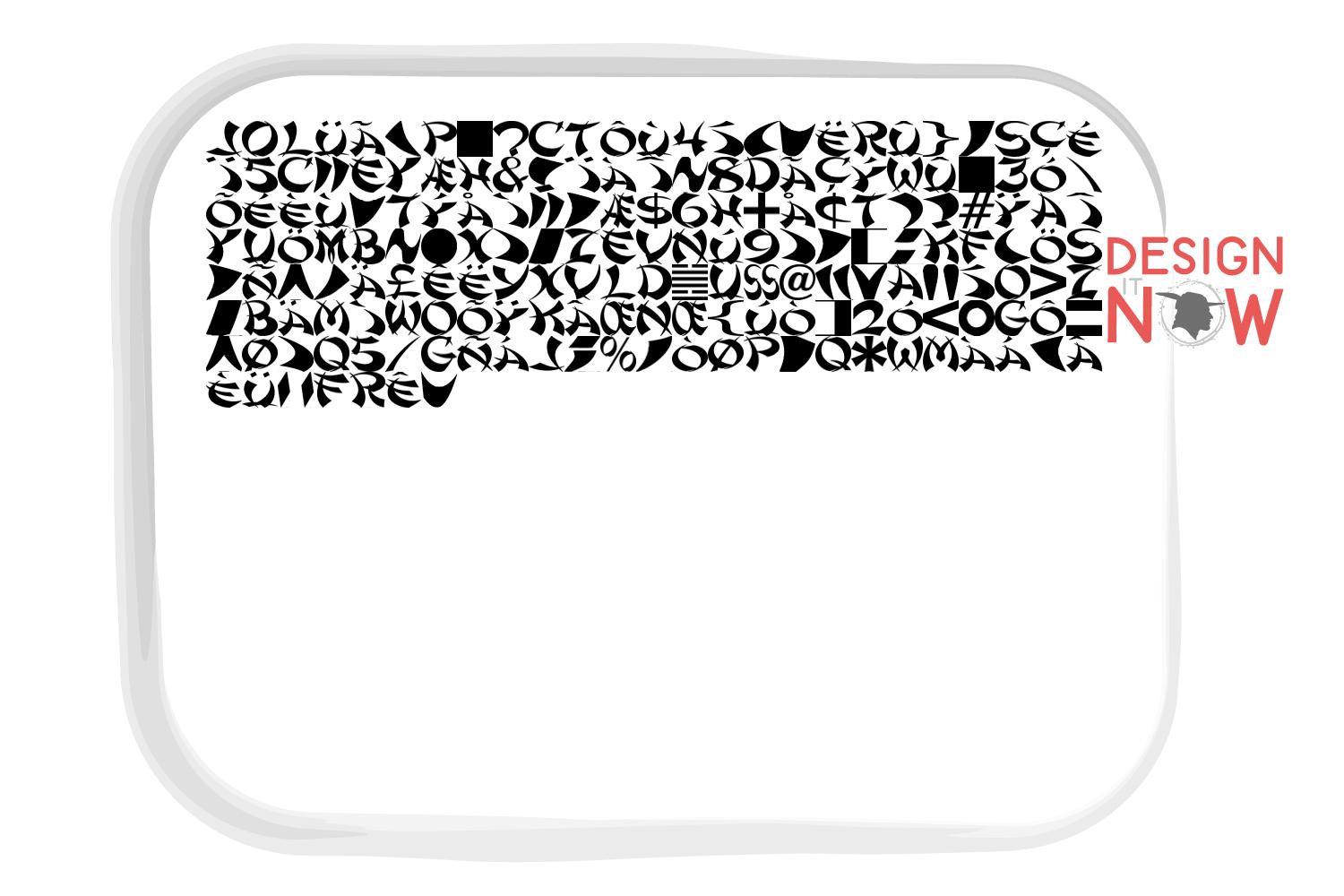US$1.10*
% US$4.40* (75% saved)Free shipping
Product number: F00368
Product information "Lotus Paint Brush"
A brush is a tool for applying liquids, such as ink or paint. In digital image editing (e.g., digital painting or Photoshop, GIMP, etc.), we also speak of brushes, which are used to draw on the screen. Brushes are also used for hair care and in cosmetics. Fiberglass brushes and some other types of brushes are used to clean surfaces. Brushes are either manufactured by machine in industry or still handcrafted by brush and paintbrush makers. The latter is especially true for brushes that have to meet special requirements, such as in porcelain painting.
Johann Caspar Bühler is considered to be the founder of the German fine-hair brush trade. Around 1790, he entered his name in the church register of Königshofen, today a district of the market town of Bechhofen, as a master carpenter and brush maker. As early as the middle of the 19th century, fine hair brushes from Bechhofen were offered directly on the world market. Even today, a state vocational school for the brush-making trade and the German Brush and Paintbrush Museum are located there.
In artisan brush making, the brush maker takes a suitable amount of animal or synthetic hair or bristles cut to the right length, depending on the size of the brush, and inserts them into a suitable metal cylinder sealed at the bottom, which he taps on the work table until all the hair or bristles touch the floor. The tuft is removed from the cylinder and fed into a thread loop. By tightening the loop and twisting the tuft between his fingers, the brush maker achieves that the tuft forms a point. The tuft is tightly wrapped with another loop of thread and then inserted into the ferrule, which is later used to attach the tuft to the brush handle.
Font is a set of characters designed in a specific typeface and realized according to the respective technical conditions. It is used for text creation and processing, typesetting and printing, and forms the basis of typography. A typesetting font consists of individual characters, the glyphs: usually lowercase letters, uppercase letters, umlauts, accented characters, numerals, ligatures, punctuation marks, special characters and small caps. These are assembled manually, by machine or electronically to form words, lines and more complex orders.
The scope of such a character set depends on the technology and the intended application radius of a typesetting font. The functional efficiency of the characters of a typesetting script requires, in the case of Western European alphabetic scripts, that they are arranged horizontally, in neighborhood with other characters of the inventory, according to a uniform rhythmic and stylistic principle. Only then can they be combined into a coherent, graphically balanced typeface.
The form of typefaces in general, and that of typesetting in particular, is characterized by two different modes of access: Reading and seeing (in the sense of looking). These are due to the "double character of writing." Writing is both abstract (semantic level) and sensuously concrete (semiotic level). In routine reading, attention is focused on the abstract side of writing. Records in alphabetical writing are not deciphered letter by letter, but word and line outlines are grasped holistically by means of eye jumps (saccades). In the process, details of the form of the written image escape attention, recede into the background, and are not registered or are invisible.
Johann Caspar Bühler is considered to be the founder of the German fine-hair brush trade. Around 1790, he entered his name in the church register of Königshofen, today a district of the market town of Bechhofen, as a master carpenter and brush maker. As early as the middle of the 19th century, fine hair brushes from Bechhofen were offered directly on the world market. Even today, a state vocational school for the brush-making trade and the German Brush and Paintbrush Museum are located there.
In artisan brush making, the brush maker takes a suitable amount of animal or synthetic hair or bristles cut to the right length, depending on the size of the brush, and inserts them into a suitable metal cylinder sealed at the bottom, which he taps on the work table until all the hair or bristles touch the floor. The tuft is removed from the cylinder and fed into a thread loop. By tightening the loop and twisting the tuft between his fingers, the brush maker achieves that the tuft forms a point. The tuft is tightly wrapped with another loop of thread and then inserted into the ferrule, which is later used to attach the tuft to the brush handle.
Font is a set of characters designed in a specific typeface and realized according to the respective technical conditions. It is used for text creation and processing, typesetting and printing, and forms the basis of typography. A typesetting font consists of individual characters, the glyphs: usually lowercase letters, uppercase letters, umlauts, accented characters, numerals, ligatures, punctuation marks, special characters and small caps. These are assembled manually, by machine or electronically to form words, lines and more complex orders.
The scope of such a character set depends on the technology and the intended application radius of a typesetting font. The functional efficiency of the characters of a typesetting script requires, in the case of Western European alphabetic scripts, that they are arranged horizontally, in neighborhood with other characters of the inventory, according to a uniform rhythmic and stylistic principle. Only then can they be combined into a coherent, graphically balanced typeface.
The form of typefaces in general, and that of typesetting in particular, is characterized by two different modes of access: Reading and seeing (in the sense of looking). These are due to the "double character of writing." Writing is both abstract (semantic level) and sensuously concrete (semiotic level). In routine reading, attention is focused on the abstract side of writing. Records in alphabetical writing are not deciphered letter by letter, but word and line outlines are grasped holistically by means of eye jumps (saccades). In the process, details of the form of the written image escape attention, recede into the background, and are not registered or are invisible.
Product Number: F00368
Product Name:Lotus
This design comes with the following sizes:
- from 0.5" to 8" in steps of 0.125"
- 182 Characters
- 61 Sizes
- 8 Formats
The following formats are included in the file you will receive: .DST .EXP .JEF .PES .VP3 .XXX .PEC .U01
You MUST have an embroidery machine and the software needed to transfer it from your computer to the machine to use this file. This listing is for the machine file only - not a finished item.
Lotus Ink Brush Art Machine Embroidery Font Design, Paint Brush Font Embroidery Pattern, Artisan Brush Making, Paintbrush Font Design, Downloadable Fonts, Alphabet Design, Typography Design, Typeface, Letter Style, Unique Digital Supplies For Embroidery Machines






